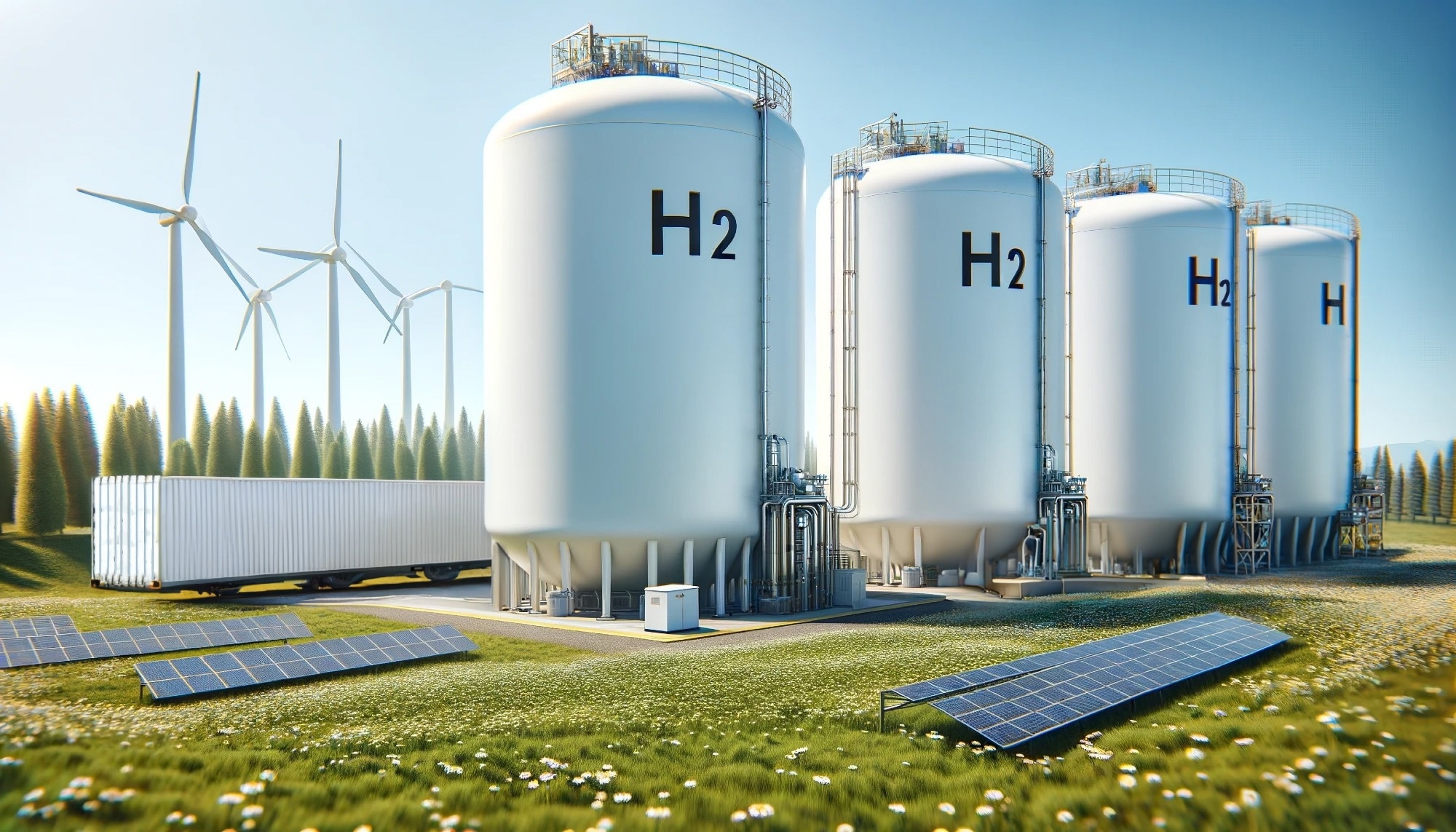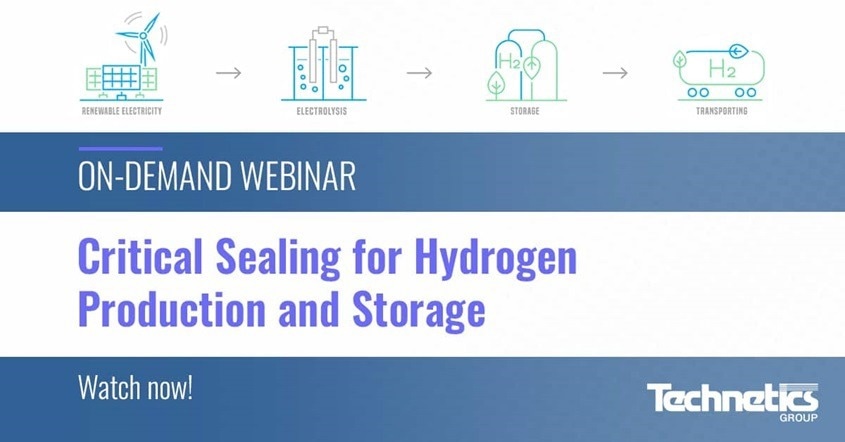With the global shift in focus toward decarbonization initiatives, government investment in hydrogen production is expected to grow worldwide in an effort to provide clean, carbon-free energy storage.
What is Green Hydrogen and What Makes it More Sustainable?
Green hydrogen is produced by electrolysis, using a renewable energy source such as wind or solar power. The resulting carbon-free hydrogen can be used in fuel cells to produce electricity or mixed with natural gas for combustion, reducing CO2 emissions.

Image Credit: Infisol/Shutterstock.com
Green Hydrogen Production Methods
SoCalGas is among the companies already capitalizing on this new trend by repurposing its distribution lines to supply green hydrogen, coined Angeles Link.
Despite these steps toward green hydrogen adoption, there are still challenges to overcome, namely in hydrogen production and handling.
Hydrogen Production and Handling Challenges
While an excellent clean-energy alternative, the production and consumption of hydrogen, particularly green hydrogen, faces numerous technical and financial challenges in areas such as electrolysis, turbines, fuel cells, storage and transport.
Hydrogen must be stored safely in its complete purity under high pressure. To satisfy these challenges, reliable, cost-effective and safe systems are required.
The Importance of Reliable Critical Seals
Investing in critical seals is a vital component in the drive for green hydrogen production. Seals are crucial because they reduce the impact of technical issues, such as wear or damage (particularly metal embrittlement) and high-density storage and transport.
Appropriate seals can help reduce production costs and leakage risks, as well as improve overall efficiency.
Partnering with a veteran sealing provider is essential for accomplishing hydrogen goals. Technetics researches, designs, and tests sealing systems to improve efficiency, reliability, and safety.
Particular attention is given to increasing the lifetime of components, which is vital for reducing the cost of hydrogen production and the future implementation of hydrogen systems.
Technetics offers various solutions, including metal, elastomer, and mechanical seals, which are utilized in a range of equipment, including:
- Compressors
- Pumps
- Turbines
- Valves
- Exchangers
- Reactors
- Ultra-high vacuum (UHV) equipment
- Cryogenic systems
Technetics: Hydrogen Seal Experts
While many companies are just beginning their relationship with Technetics, the manufacturer has operated in the hydrogen arena since 2006, when it worked on hydrogen applications in a joint venture with the CEA Research Institute in France.
Working on proton exchange membrane fuel cells to optimize stacks, Technetics has developed sealing systems for high-temperature electrolysis and is now industrializing its processes and sealing systems.
Technetics has worked in the nuclear, semiconductor, aerospace, and scientific research markets. This diversification in expertise has allowed Technetics to hone its design, testing, and analysis of hydrogen systems, even in severe cryogenic (liquefied LNG and LH2), high-temperature, and high-pressure conditions.

Image Credit: Technetics Group
After years of research, Technetics' knowledge of hydrogen behavior with different materials has allowed it to optimize systems. With extensive research and development on materials characterization and aging tests, Technetics can anticipate the interactions between sealed elements and seal materials.
Technetics has supported the development of cutting-edge technologies, including:
- Solid oxide fuel cells (optimization of the mechanical behavior of the stacks)
- High-temperature electrolysis (optimization of the stacks’ connections)
- High-temperature water steam electrolysis, including reversible processes (stacks sealing)
- Proton exchange membrane fuel cells (bipolar plate sealing and overall optimization)
Technetics develops the most suitable sealing configuration for clients, ensuring the best possible lifetime and highest safety. It is dedicated to research and development, and clients can be assured that seal solutions are developed by industry-leading experts working with the most modern technology available.

This information has been sourced, reviewed and adapted from materials provided by Technetics Group.
For more information on this source, please visit Technetics Group.